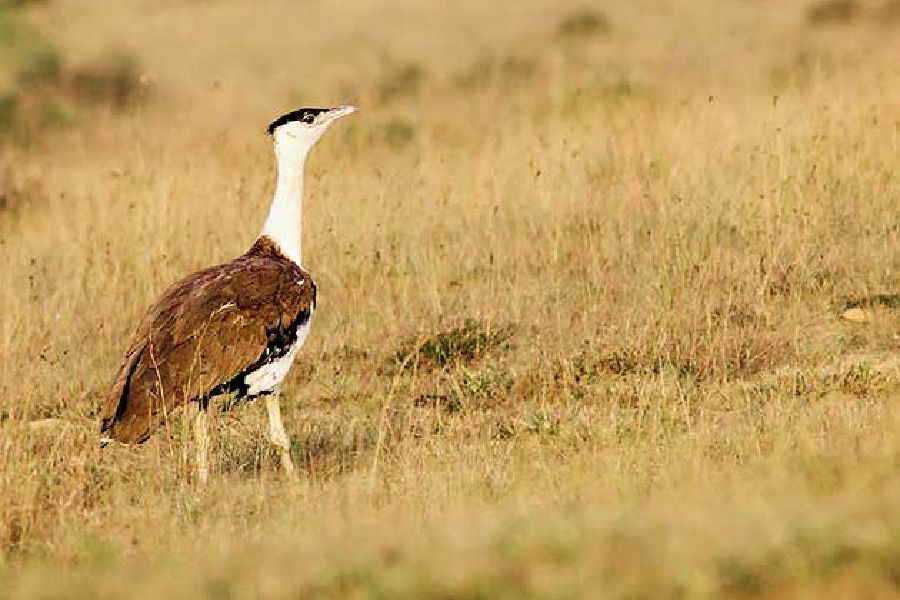Of the 338 bird species studied in India for changes in numbers over the last 30 years, 60 per cent have experienced a decline, says a new report based on data from about 30,000 birdwatchers across the country.
Also, 40 per cent (142) of the 359 species evaluated for change over the last seven years have declined, according to the report titled "State of India's Birds".
The assessments rely on three indices: two are related to the change in abundance -- long-term trend (change over 30 years) and current annual trend (change over the past seven years) -- and the third is a measure of distribution range size within India.
Of the total of 942 species evaluated, long-term trends could be determined for 338 species. Of these, 204 species have declined, 98 are stable and 36 have increased, says the report published by a group of 13 government and non-government institutions, including the Bombay Natural History Society (BNHS), Wildlife Institute of India (WII), and Zoological Survey of India (ZSI).
Current annual trends could be determined for 359 species, of which 142 have declined (64 rapidly), 189 are stable, and 28 have increased.
The report classifies 178 species, including Northern Shoveler, Northern Pintail, Common Teal, Tufted Duck, Greater Flamingo, Sarus Crane, Indian Courser and Andaman Serpent Eagle, as "high conservation priority".
Fourteen species, including Indian Roller, Common Teal, Northern Shoveler and Common Sandpiper, have dropped by 30 per cent or more and have been recommended for IUCN Red List reassessment, the report says.
Generalist species like feral Rock Pigeon, Ashy Prinia, Asian Koel and Indian Peafowl are doing very well. Other common species like the Baya Weaver and Pied Bushchat are relatively stable, according to the report prepared using the data uploaded to the online platform eBird.
Habitat specialists — particularly birds of grasslands and other open habitats, wetlands, and woodlands — are declining rapidly.
In terms of diet, carnivores, insectivores, and granivores are declining more rapidly than omnivores or fruit-and-nectar eaters, the report shows.
Also, migratory species appear to be under greater threat than non-migrants while species endemic to the Western Ghats–Sri Lanka region are faring worse than others.
Certain groups of birds are faring particularly poorly, including open habitat species like bustards and coursers, riverine sandbar-nesting birds like skimmers and some terns, coastal shorebirds, open-country raptors, and a number of ducks.
"The finding that endemic species are faring poorly is worrying, since their existence rests entirely in our hands," M Ananda Kumar, Executive Director, Nature Conservation Foundation, said in response to the report.
Ritesh Kumar, Director, Wetlands International-South Asia, said the status of many wetland birds, including ducks and shorebirds, is worrying, and points to the conservation needs of their habitats and ecological corridors.
Except for the headline, this story has not been edited by The Telegraph Online staff and has been published from a syndicated feed.











